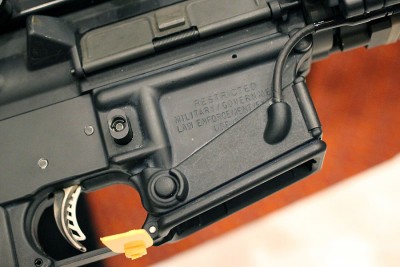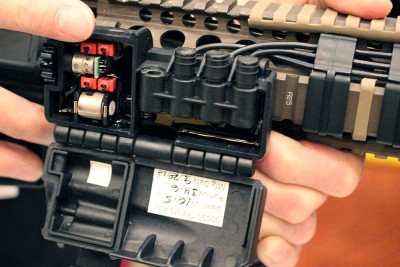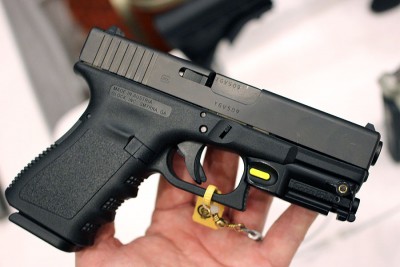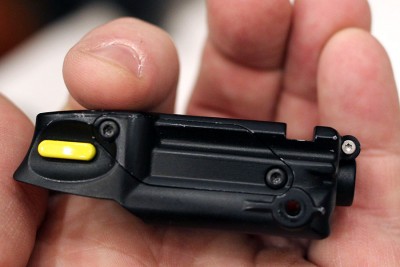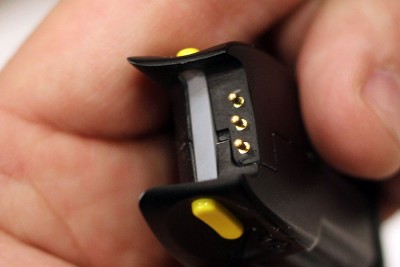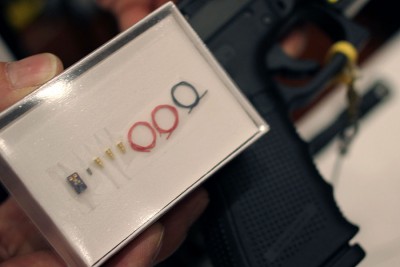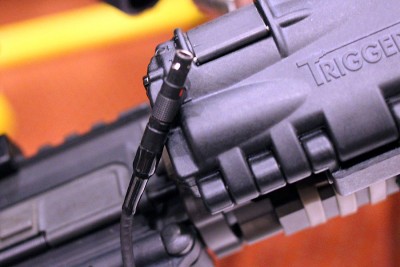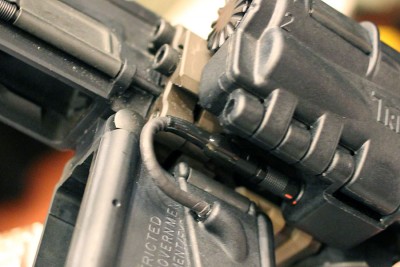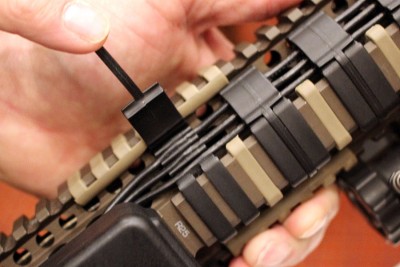Trigger Point Technology: https://triggerpointtechnology.com/
I’ve been sitting on this article for a couple of weeks, hoping that Trigger Point Technology would get their website back online. As of today, they haven’t. Terry Abst, the inventor featured in the video above, has had trouble with trolls. The trigger activated light has caused a lot of controversy. After checking out the Trigger Point, I can understand why. Still, I think Abst is on to something. If I thought this was some gimmicky piece of crap, I wouldn’t invest the virtual ink.
Rumors, being what they are, often contain an element of the truth. When we first heard about lights and lasers that were turned on by pulling the trigger, I knew we would be covering the story.
What is Trigger Point Technology? Easy enough. The simple answer is this: Trigger Point Technology makes lights and lasers that are activated by moving the trigger. While this statement is true, it doesn’t tell the whole story. So before you launch into a diatribe in the comments below, keep reading.
Trigger activated lights and lasers, yes, but…. There are two versions of this technology, and those two versions are available for two platforms (AR rifles and GLOCK pistols).
Abst is having issues with how he’s labeling the end users. What we call ourselves, here in the pro-2A community, can get contentious. Who is and who isn’t a civilian? What kind of training would allow someone to safely use a device like this?
Let’s start with the AR tech. The basic version (that’s what I’m calling it) is simply a control box that can be wired to operate a light, laser, or IR device. Activation happens at a button on the rear edge of the mag-well. Push the button and the light comes on. Nothing too controversial there.
The advanced version still has the button operation, but it throws in an additional step. What looks like a built-in trigger safety is actually the switch. So the button might turn on the IR and the trigger itself could activate a laser. Or both could run a light.
Imagine clearing a house. You can hear an assailant, and need to take cover. How long would you have between the time you need to light-up the situation and pull the trigger? Target acquisition issues will still be issues–I’m not denying that. But I can see how this could be useful.
Or think about going in with the element of surprise. The approach can be made with IR, but then the breach and clear could be made with the advantage of blinding white light.
Is there the potential for something to go wrong? Yes. Involuntary muscle movement–sympathetic muscle movement. And if you’re one who keeps the finger off the trigger until the exact moment you need to fire, then the benefit might be negligible. But who actually does that? During active target acquisition, most shooters I know have their fingers on the trigger. They take up the slack. In that circumstance, you’re lighting up your target. And then if you need to move–just let off the trigger, and everything goes black again, and you haven’t had to reach for any buttons or switches.
So who should be able to own the advanced version? That’s the question. Trigger Point wants to make sure you have advanced training. The basic version is simply a push button control for lights and lasers–so no worries there.
The GLOCK version is slightly different. The basic version is a green laser that’s illuminated with a switch at the front of the trigger guard. When you push back on the trigger safety, the laser flashes. But you have to turn it on manually. The advanced version is slightly different, in that the laser can be activated independently with the trigger safety alone, or with the button.[one_half]
[/one_half][one_half_last]
[/one_half_last]
[one_half]
[/one_half][one_half_last]
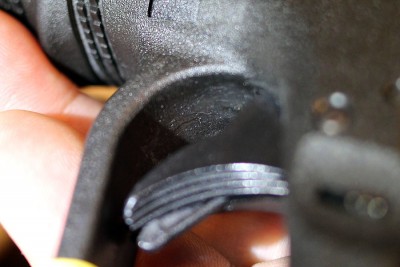
If you look closely you can see where the controls have been added behind the trigger. When the trigger safety moves, even slightly, it breaks a magnetic connection and the laser flashes.
[/one_half_last]
[one_half]
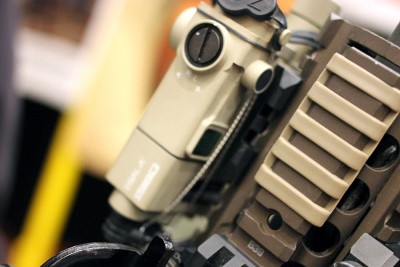
Another cool addition. Behind this Steiner laser is a woven steel cable lock that anchors the plugs in place. No shooting these loose.
[/one_half][one_half_last]
[/one_half_last]
[one_half]
[/one_half][one_half_last]
[/one_half_last]
